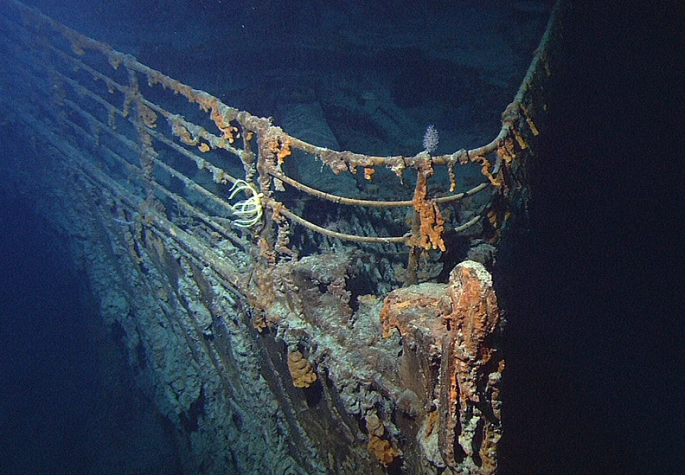The relentless hunt for a missing tourist submersible, the Titan, owned by U.S.-based OceanGate Expeditions, resulted in the uncovering of a "debris field" on the ocean floor in the vicinity of the Titanic wreck, as announced by the U.S. Coast Guard.
A remotely operated deep-sea robot, launched from a Canadian vessel, conducted the exploration, and experts are currently scrutinizing the data gathered. The agency announced the findings via Twitter but held back on further specifics. A news briefing to elucidate the discovery is slated for 3 p.m. ET (1900 GMT).
The clock is ticking for the occupants of the 22-foot (6.7-meter) Titan, as their air supply was forecasted to have nearly depleted, or possibly entirely exhausted, by Thursday morning. The Titan embarked on what was supposed to be a two-hour descent on Sunday morning, but communications with the support ship were lost.
With an initial air supply for 96 hours, as per OceanGate, the submersible's oxygen reserve is presumed to have been drained by Thursday morning. The exact timeline, however, depends on various factors, including the Titan's power state and the occupants' calmness.
Simultaneously, another deep-sea robot, dispatched from a French research vessel, is probing the seabed for the Titan's traces. Even if found, retrieving the submersible from a depth exceeding 2 miles presents substantial logistical hurdles.
Families and rescuers of the five Titan occupants clung to hope when the U.S. Coast Guard reported on Wednesday that Canadian search aircraft had registered undersea noises via sonar buoys. However, further investigations by remote-controlled underwater vehicles didn't yield positive results, and officials suggested the noises may not have emanated from the Titan.
Rear Admiral John Mauger of the U.S. Coast Guard assured NBC that the search operations would persist throughout Thursday.
The $250,000-per-person deep-sea expedition aboard the Titan, ending at the Titanic wreck, was a culmination of an adventure tourism package offered by OceanGate. Passengers on this voyage included British billionaire Hamish Harding, Pakistani-origin British business tycoon Shahzada Dawood and his son Suleman, leading Titanic expert Paul-Henri Nargeolet, and OceanGate's founder and CEO, Stockton Rush, who is related to two Titanic victims.
Anxiety prevails among those closely associated with the expedition. "We're waiting anxiously, we hardly sleep," confessed Mathieu Johann, Nargeolet's editor at Harper Collins.
Safety concerns surrounding the Titan surfaced during a 2018 submersible industry symposium and in a lawsuit filed by OceanGate's former marine operations head.
In the event of the Titan being located intact, the rescue effort will grapple with profound pressures and pitch darkness at such ocean depths. Titanic expert Tim Maltin cautioned that a sub-to-sub rescue might be "almost impossible."
Furthermore, distinguishing the Titan amid the wreck might prove challenging. Forensic geoscientist Jamie Pringle stated, "If you've seen the Titanic debris field, there'll be a thousand different objects that size. It might be an endless task."



























